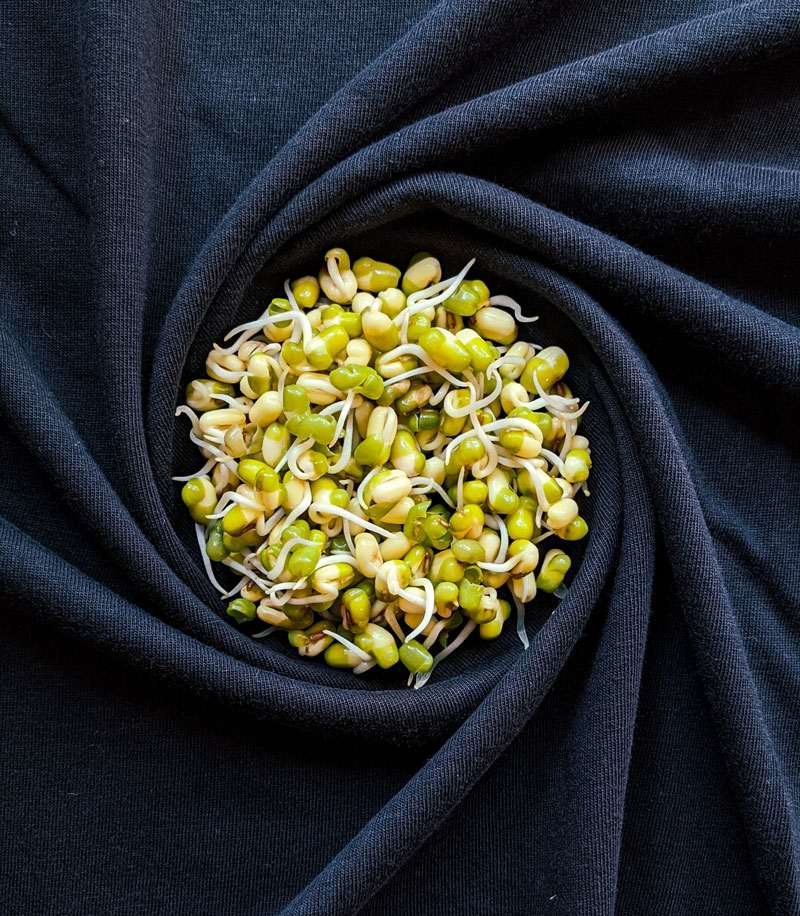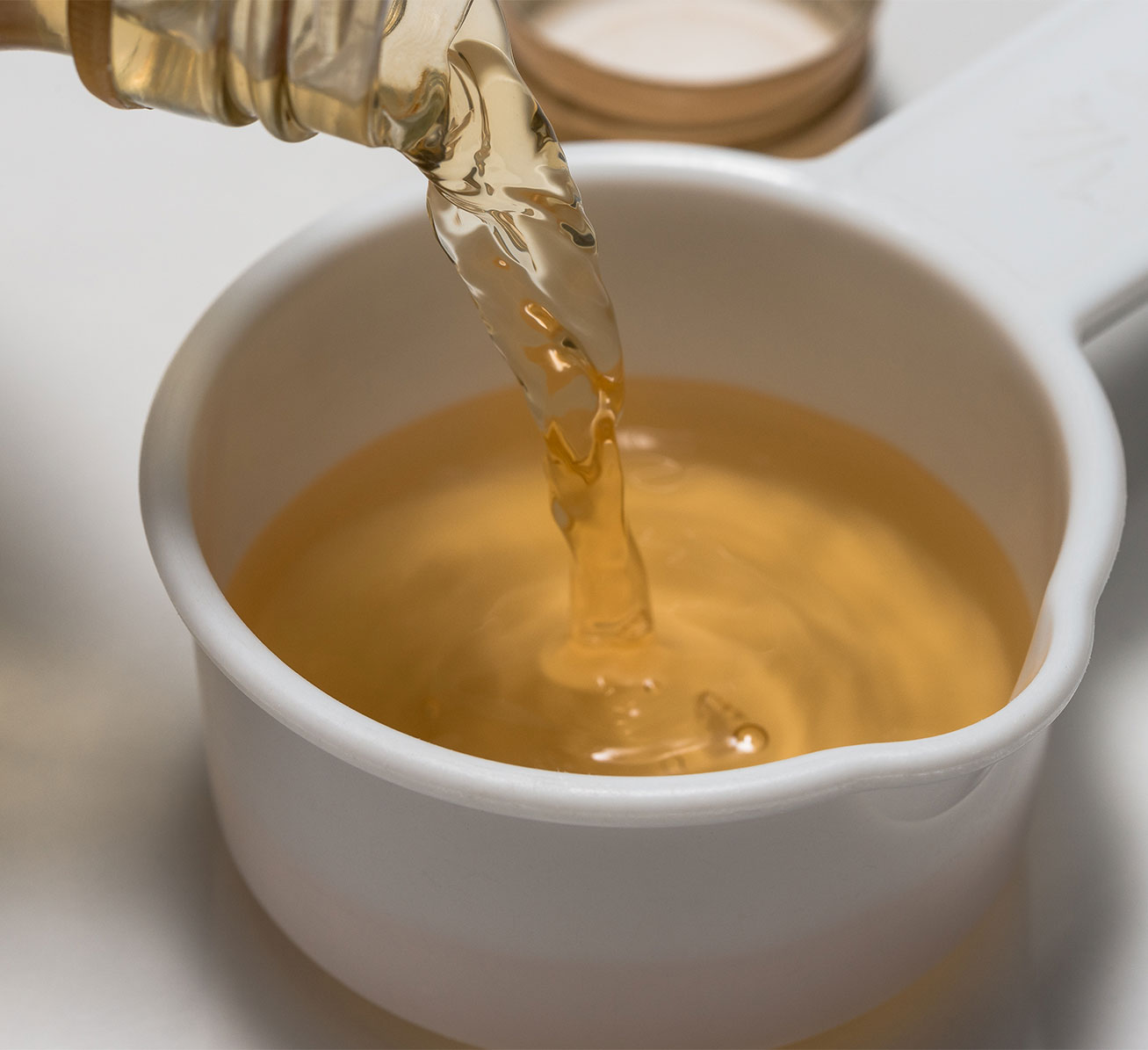Eating healthy is easier said than done. From seeking nutritious, all-natural options at the grocery store to finding restaurants that honor your dietary needs, it’s normal to feel frustrated.
So, it’s wise to consider growing your own food at home. Fresh sprouts are a great place to start—they’re both easy to grow and extremely nutritious.
But before you reap a bountiful harvest, it’s crucial you follow a few safety precautions.
To help ensure you can enjoy the fruits of your labor, we put together this complete guide with FAQs on how to grow sprouting seeds safely. Keep reading for safety tips and step-by-step instructions to ensure every batch you grow is safe to eat.
Sprouts have a warning because some instances of foodborne illnesses have been traced back to consuming improperly prepared sprouts.
This doesn’t mean eating sprouts is dangerous or unsafe. Many foods we consume daily—including meat, fruits and vegetables—can cause these same issues if handled or prepared incorrectly. In fact, about 1 in 6 Americans becomes sick from a foodborne illness each year. Knowing how to grow seed sprouts safely helps reduce any risk and brings peace of mind.
Basically, sprouts have a warning for the exact reason other food packaging has warnings. It’s to make sure you’re informed of potential risks that come with improper prep or storage. But just because a food label has a warning doesn’t make it automatically risky to eat.
Now that we’ve separated fact from fiction, let’s cover the FAQs we hear most when it comes to sprouting seeds safely.

Sprouting can become harmful because sprouts need a warm, damp climate for ideal growth. These conditions happen to also be ideal for the growth of dangerous bacteria.
But don’t fret—there are several easy ways to minimize risks associated with eating sprouts, whether you grow them yourself or buy them at your local grocery store.

Yes, the U.S. FDA (and other health-related organizations) says you should soak and sanitize sprouting seeds just before you plant them. Doing so is an important part of the sprouting process and helps reduce possible contamination or health risks.
The easiest way is to mix two tablespoons of apple cider vinegar or white distilled vinegar with one heaping tablespoon of your sprout seeds in a jar or bowl. Stir together and let them soak for 15 minutes.
Finally, rinse the seeds with cool water until the vinegar smell is gone and you’re ready to plant.
Whether you're focused on growing alfalfa sprouts, broccoli sprouts, mung bean sprouts or any other kind of sprout safely—your precautions will look the same. Here are Nature Jim's best tips for staying safe before you start sprouting, while cultivating sprout seeds, and when enjoying your homegrown sprouts.
When it comes to sprouting how-tos, the most crucial part is ensuring you’re growing sprouts safely. Here’s a step-by-step guide on how to do just that. All you need is your seeds, a wide-mouth mason jar, sprouting lid, tablespoon and your preferred type of water.
We hope you’ve found this information helpful and encourage you to try all of the many varieties of delicious and healthy sprouting seeds available.
